風林火山 | Wind/Trees/Fire/Hill蒋正根 Jiang Zhenggen x 周洋明 | Zhou Yangming2021/08/15-09/12 持续进行中 | in Progress
上海市黄浦区福州路655号春美术馆
No. 655, Fuzhou Road, Huangpu District
春美术馆很荣幸呈现蒋正根与周洋明的双个展「風林火山」,本次展览由策展人柳力策划,徐薇担任学术主持。展览呈现的是两位艺术家近两年的最新创作,这其中以绘画为主并搭配霓虹灯装置,结合回形闭合空间精心布局,策展人将艺术中的节制、修性所积蓄的能量幻化为多种元素并以一种阵法般的呈现来使其丰富。正如展览主题所传达的:風、林、火、山——这句出自《孙子兵法》的四字诀分别代表行军时的四种状态,其整体语义所展现的是一种惊人的耐力与非凡的意志掌控力,四种字形在视觉上体现出一种有如钢铁般的制式却包揽无穷的范畴,这其中封存了速度、力、广延性、蓄势能、事物对空间的填充与在场、温度、质量以及万事万物的罗网关系等,正如蒋正根与周洋明在画布上所留下的艰苦卓绝的、枯禅般的印记,它们日复一日、年复一年所贮藏的能量汇聚成一个温润与静谧、肃杀与虚无共构交织的空间。Chun Art Museum is honored to present this exhibition: Wind/Trees/Fire/Hill. This is a double exhibition of two heavyweight artists, Jiang zhenggen and Zhou Yangming, planned by the curator Liu Li, Xu Wei served as academic chair. The exhibition presents the latest creations of the two artists in the past two years, which mainly focus on painting, match with neon devices, and combine with the careful layout of the back closed space. The curator combines the moderation in art The energy accumulated by cultivation turns into a variety of elements and enriches them with an array like presentation. Wind, Trees, Fire and Hill -- this four character formula from Sun Tzu's art of war represents the four states of marching respectively. Its overall semantics shows an amazing endurance and extraordinary will control. The four glyphs visually reflect a category that is like an iron law but embraces infinity, which encapsulates speed, force, ductility, potential energy The filling and presence of things in space, temperature, quality and the network relationship of everything -- just like the arduous and dry Zen like marks left by Jiang zhenggen and Zhou Yangming on the canvas, their stored energy day after day and year after year converges into a space intertwined with warmth and tranquility, killing and nothingness.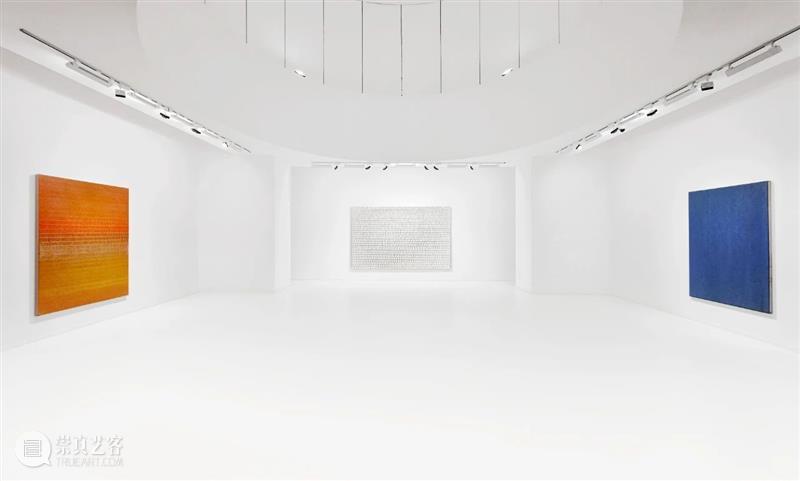
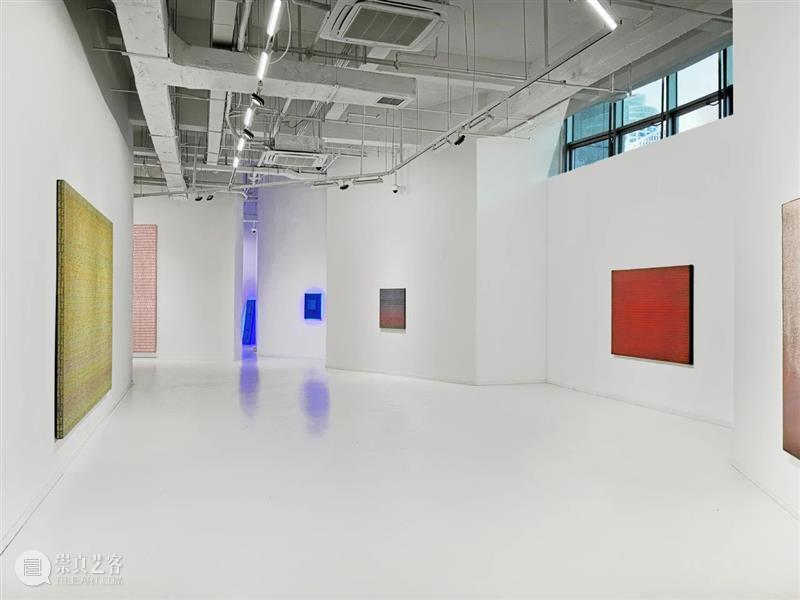
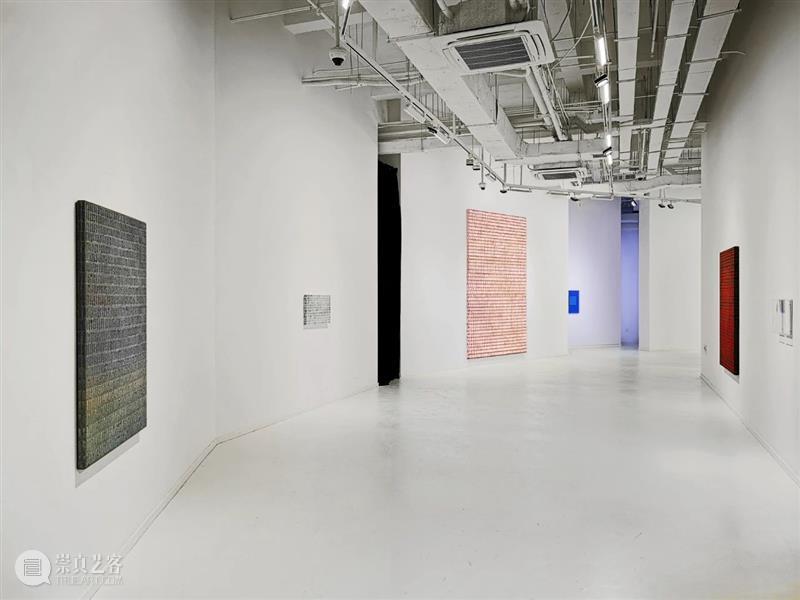
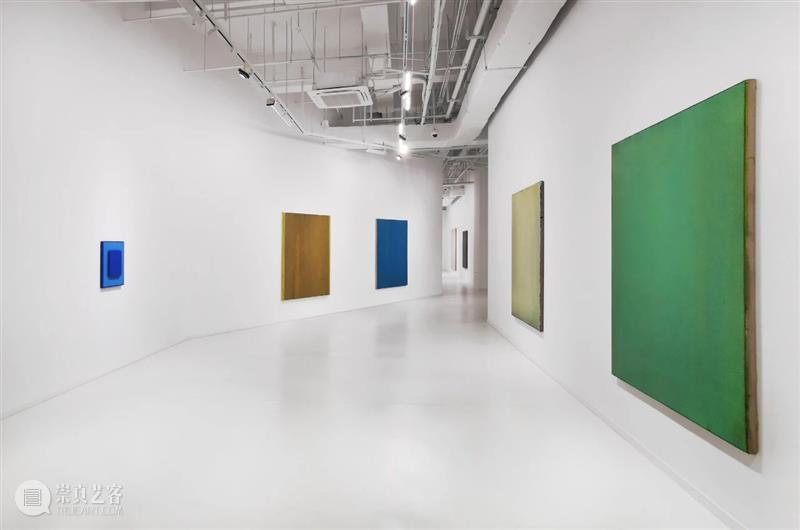
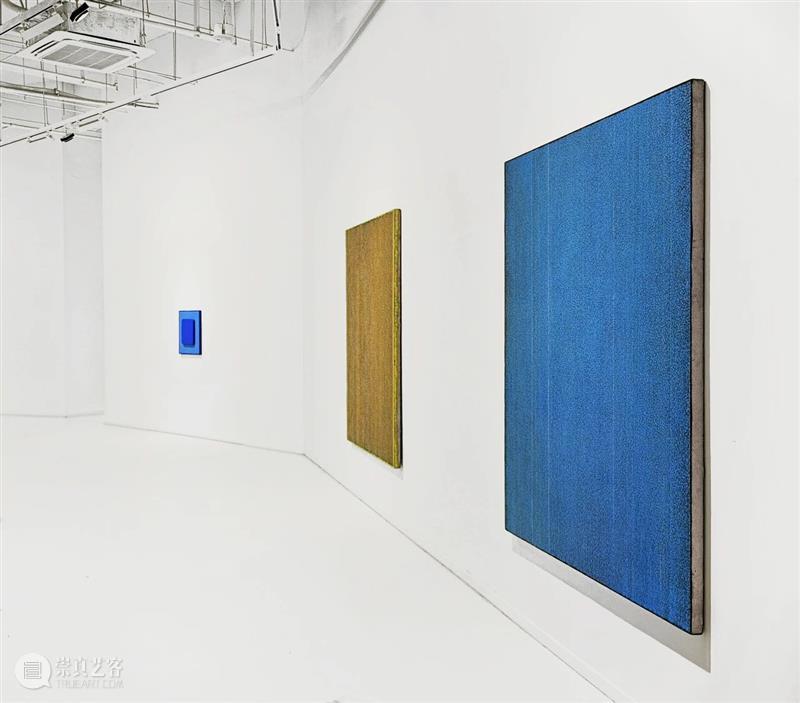
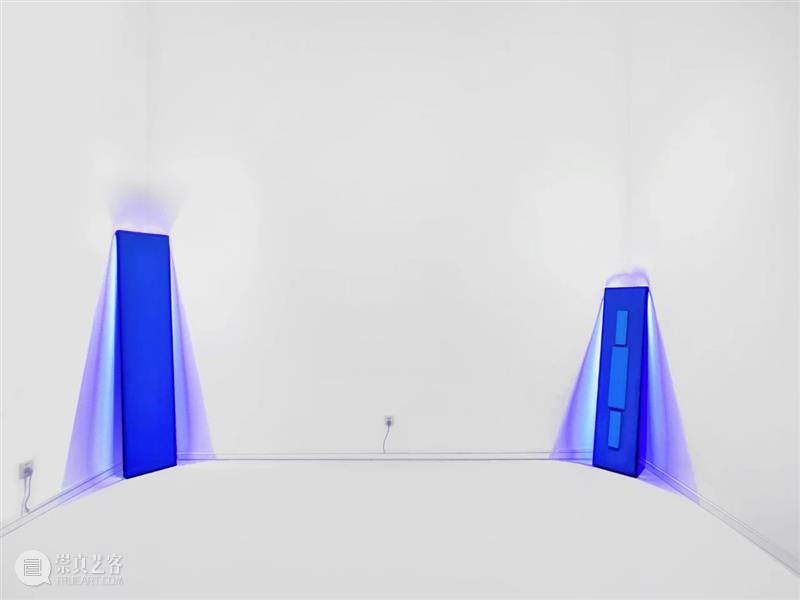
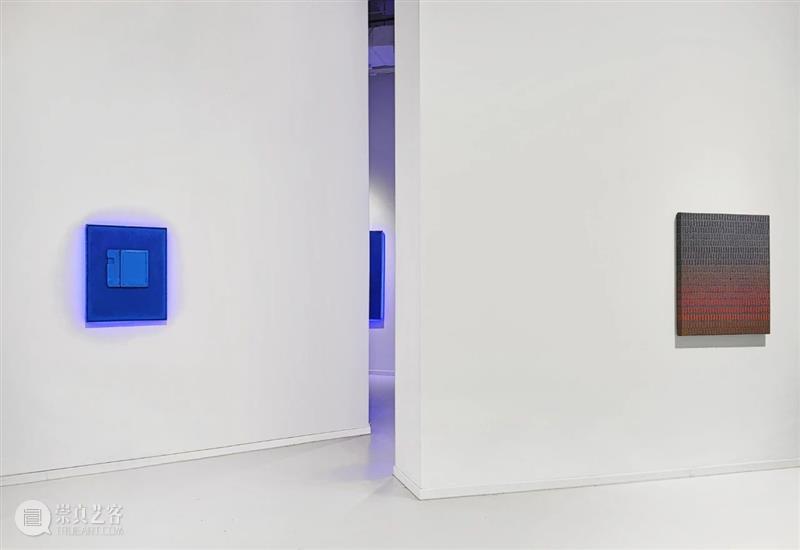
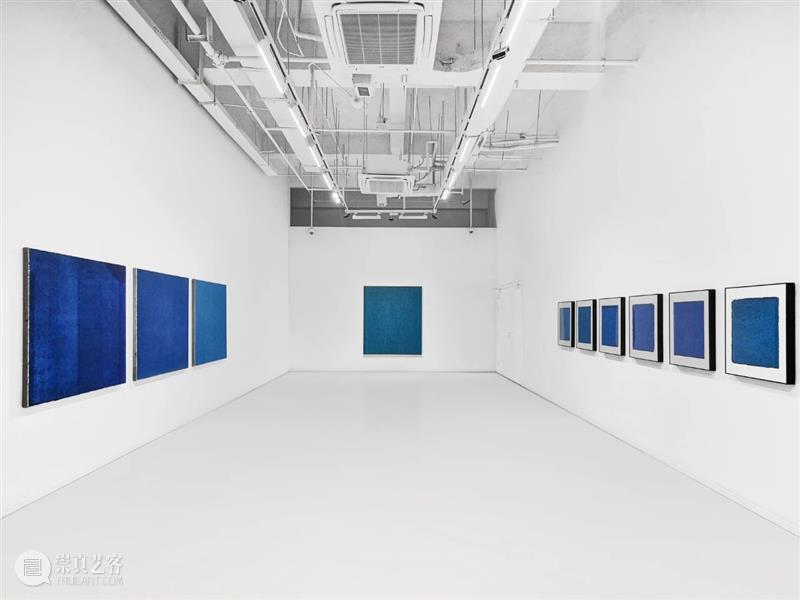
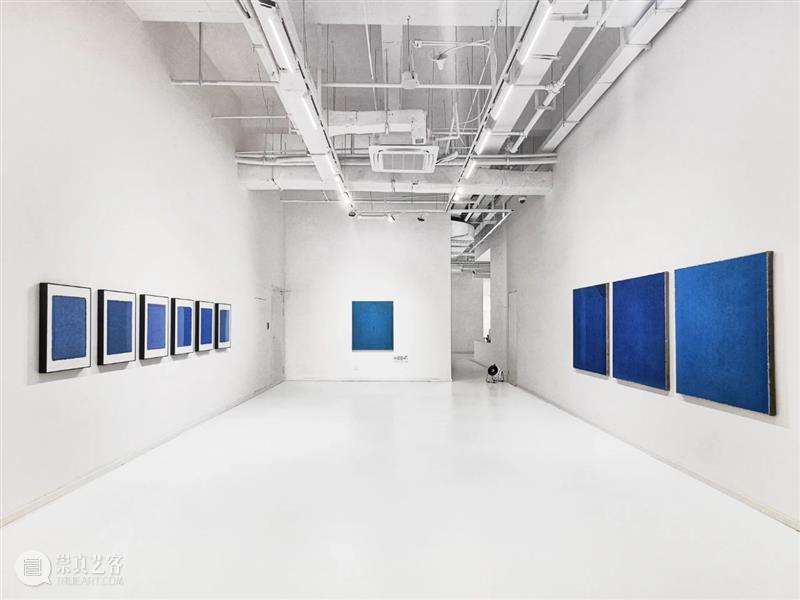
"風林火山"现场图 | The Scene of “Wind/Trees/Fire/Hill”CHUN ART MUSEUM Scene | from HALF IMAGE®
“积简而繁,繁极而简”作为一种方式似乎与中国独特的历史文化经验有着紧密相关性,无论从繁复的建筑雕刻、迂回婉转的政交策略或是语言文字、禅宗及老庄哲学中都可窥一角,或许正是这种历史基因的熵增在西方现代思潮的刺激下促成了90年代那场集体性的实验创作的爆发,当时有不同的艺术家以各种不同的角度和理由切入到这种实验中来,手工复制、修性、情感力和疗愈、意义的消解、自律与欲望克制等都成为这种具有时间累积性艺术的原始注脚,无论其最初动机如何,它们后来的发展都一致摆脱了诸如表现性、极简构成、材料与符号等八五时期的一切对西方思潮的借鉴,并展现出亚洲艺术的独特可能性。时光如梭,30年来社会发展的剧变与消费主义浪潮洗刷了曾经纯粹激昂的形而上学空气,艺术家们对艺术与市场的理解也随之发生剧变并由此影响着各自的创作方向,在一个即便最真诚的艺术也亟需靠伪装一种香甜外表才能凑效的时代,蒋正根与周洋明以其不合时宜的坚守保留了时代尚存的真灼与远大,他们的作品无需装扮便天然有着与潮流视觉相抵抗的静若泰山的力量,无论是置于安静展厅还是在喧嚣嘈杂环境中都不减其震慑人心的气场——在未来,这种修性的艺术未尝不可与当下新潮文化进行有机融合与对话,将不同时代的基因中多元的、互相矛盾的部分揉和并催生变异,使得一种新的关于文艺的激活与再造的机制成为可能。本次展览将蒋正根与周洋明的作品进行交错与叠置展现,但是各自又有至少一个单独的展厅。两位艺术家作品中相同的物理部分与整体上迥异的性格正在交相辉映。蒋正根的长年累月的点苔更像是植物的缓慢生长,这种植物性的无所拘束的蔓延中又有人工规整的成分,譬如对整体空间、位置的经营与把控,表现出人与自然的对立又合作的关系,在蒋正根最新一批的使用工业泡沫制作的立体作品及灯光侘染(“侘染”即空无一物的染)中更能体现这一点;同样是点状笔触的累积,周洋明在过程的游弋中完全无住于整体,这是一种入止水之境的实时战术,彰显出铁刃一般的兵家气息,而不是书卷气。其气一如达摩面壁般枯寂又恍若金戈铁马律动,所有锋利的、明确的、有重量的,甚至静止而激烈的元素都含藏其中,唯有用心感受,而不是凭借受训的品味与经验,才能获得这种直观。As a way, it seems to be closely related to China's unique historical and cultural experience. It can be seen from the complex architectural carving, circuitous and tactful political communication strategy, language, Zen and Lao Zhuang philosophy, Perhaps it was the entropy increase of this historical gene that led to the outbreak of collective experimental creation in the 1990s under the stimulation of western modern thought. At that time, different artists cut into this kind of experiment with various angles and reasons, manual reproduction, cultivation, emotional power and healing, resolution of meaning Self discipline and desire restraint have become the original footnotes of this time cumulative art. Regardless of their initial motivation, their subsequent development has consistently got rid of all the references to western thoughts in the Eighth Five Year Plan period, such as expressiveness, minimalist composition, materials and symbols, and demonstrated the unique possibility of Asian art. Time flies. Over the past 30 years, the upheaval of social development and the wave of consumerism have washed away the once pure and passionate metaphysical air. Artists' understanding of art and market has also changed dramatically, which has affected their creative direction. In an era when even the most sincere art needs to disguise a sweet appearance to work, With their untimely persistence, Jiang zhenggen and Zhou Yangming retain the true brightness and grandeur of the times. Their works naturally have the power of resisting the trend vision without dressing up. Whether they are placed in a quiet exhibition hall or in a noisy environment, they will not reduce their shocking aura - in the future, This cultivated art may organically integrate and dialogue with the current trendy culture, mix the diverse and contradictory parts of the genes of different times and give birth to variation, making it possible for a new mechanism for the activation and reconstruction of literature and art.
In this exhibition, the works of Jiang zhenggen and Zhou Yangming are displayed alternately and superimposed, but each person has at least one separate exhibition hall. The same physical parts in the works of the two artists are complementing each other with different personalities as a whole. Jiang zhenggen's years of stippling is more like the slow growth of plants. This unrestrained spread of plants also has artificial elements, such as the management and control of the overall space and location, showing the opposition and cooperative relationship between man and nature, This is reflected in Jiang Zhenggen's latest batch of three-dimensional works and Wabi-sabi's dyeing ( means“add nothing to a painting”). It is also the accumulation of point strokes. Zhou Yangming has no place in the whole during the process. This is a real-time tactic to enter the water stop, highlighting the military style of iron blade, rather than bookish. Its aura is as dry as Dharma's wall, and it seems like the rhythm of golden goblins and iron horses. All sharp, clear, heavy, even static and fierce elements are contained in it. This intuition can be obtained only by feeling with heart, not by virtue of trained taste and experience.
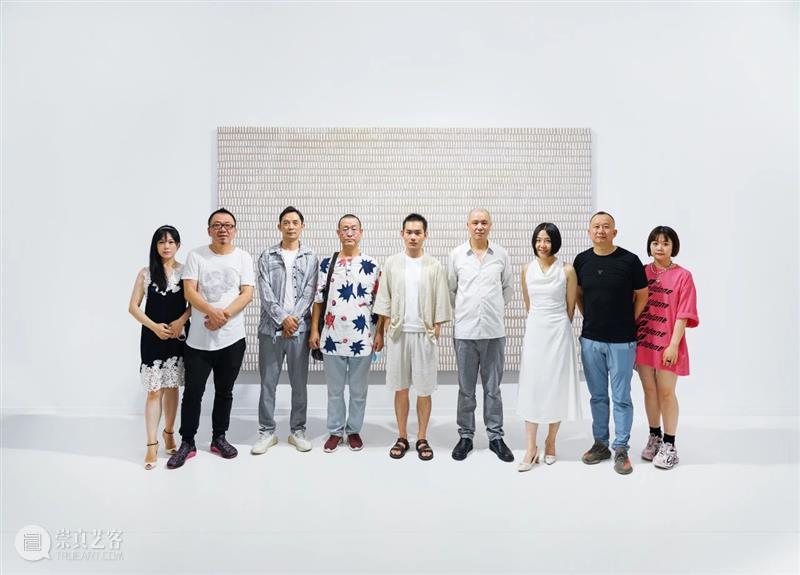
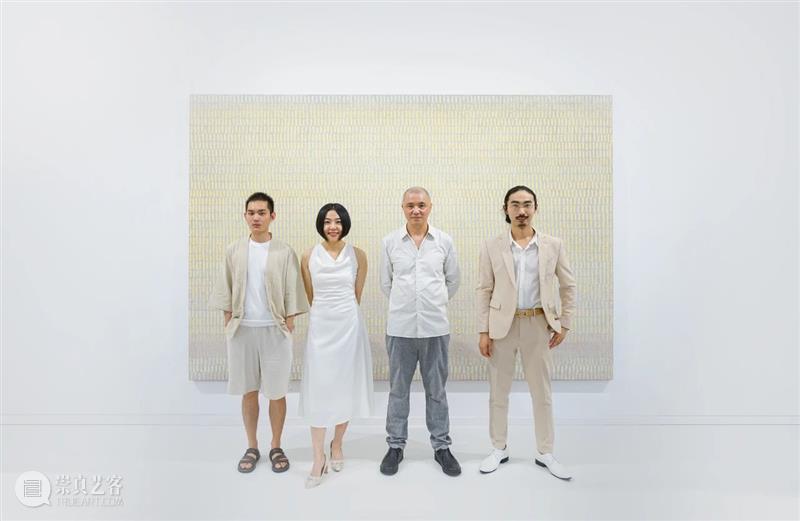
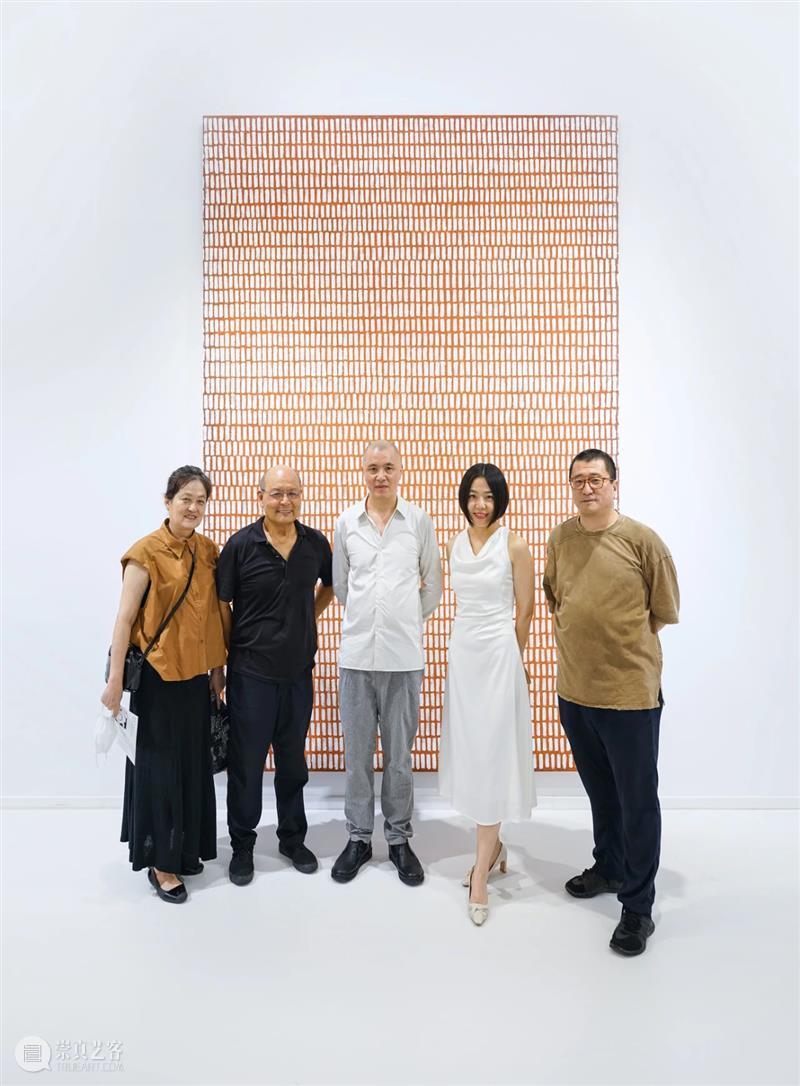
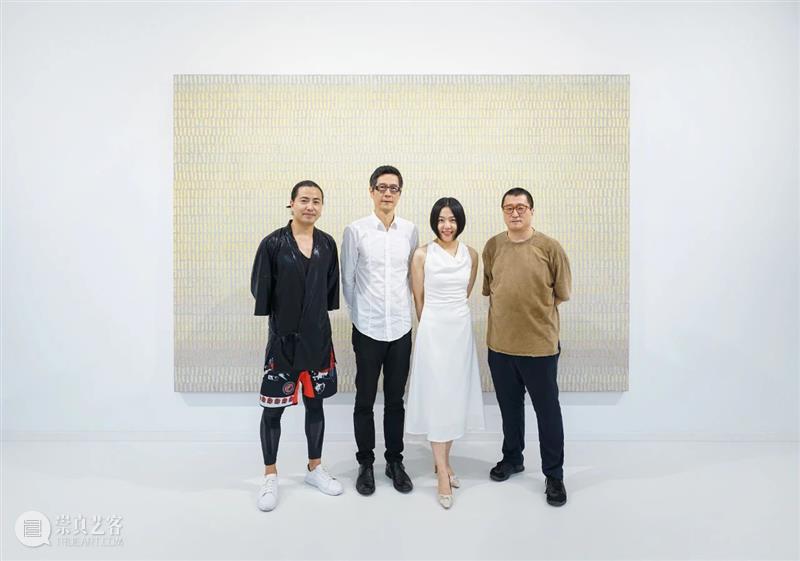
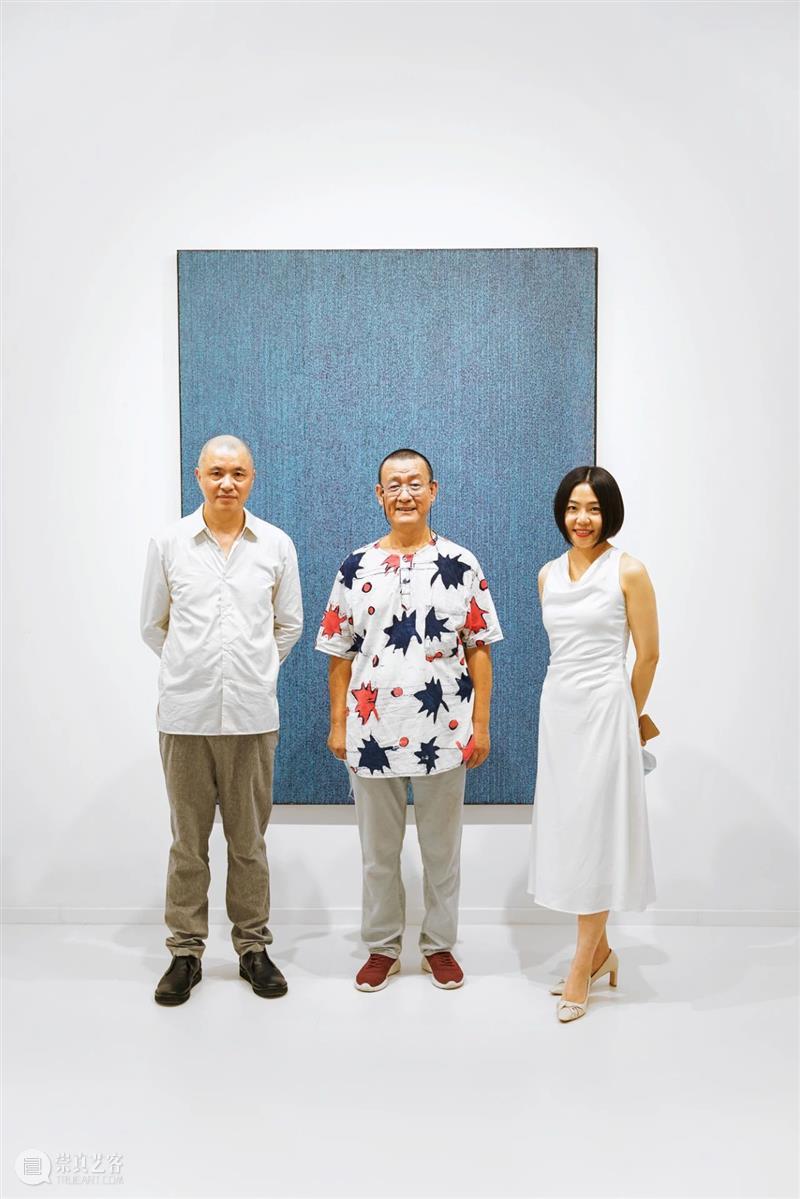
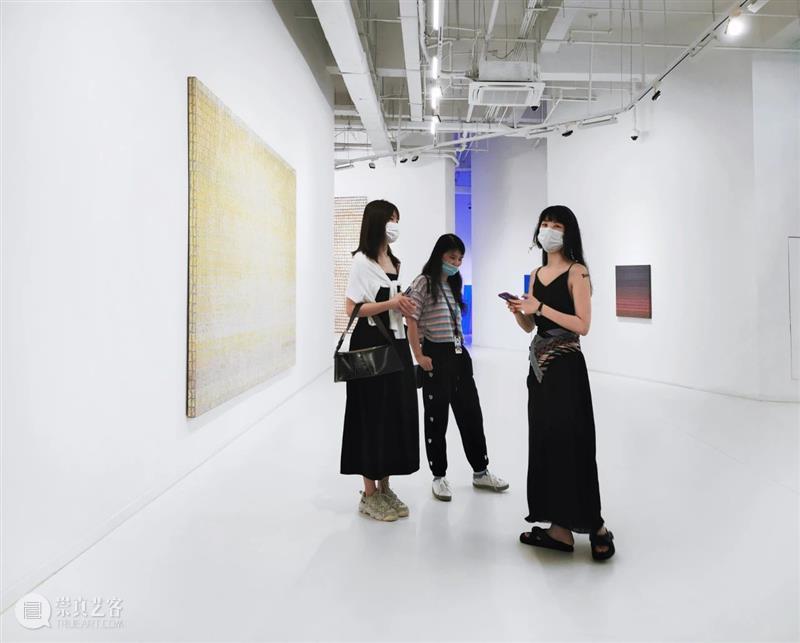
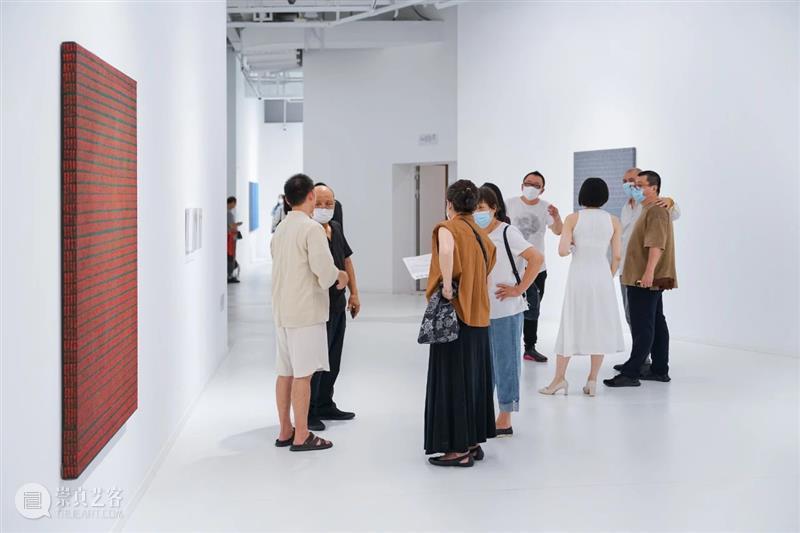
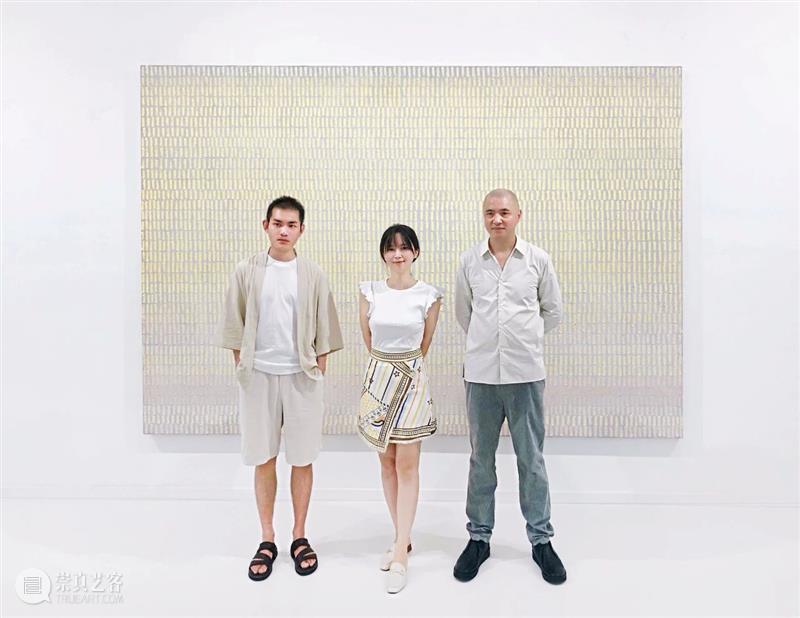
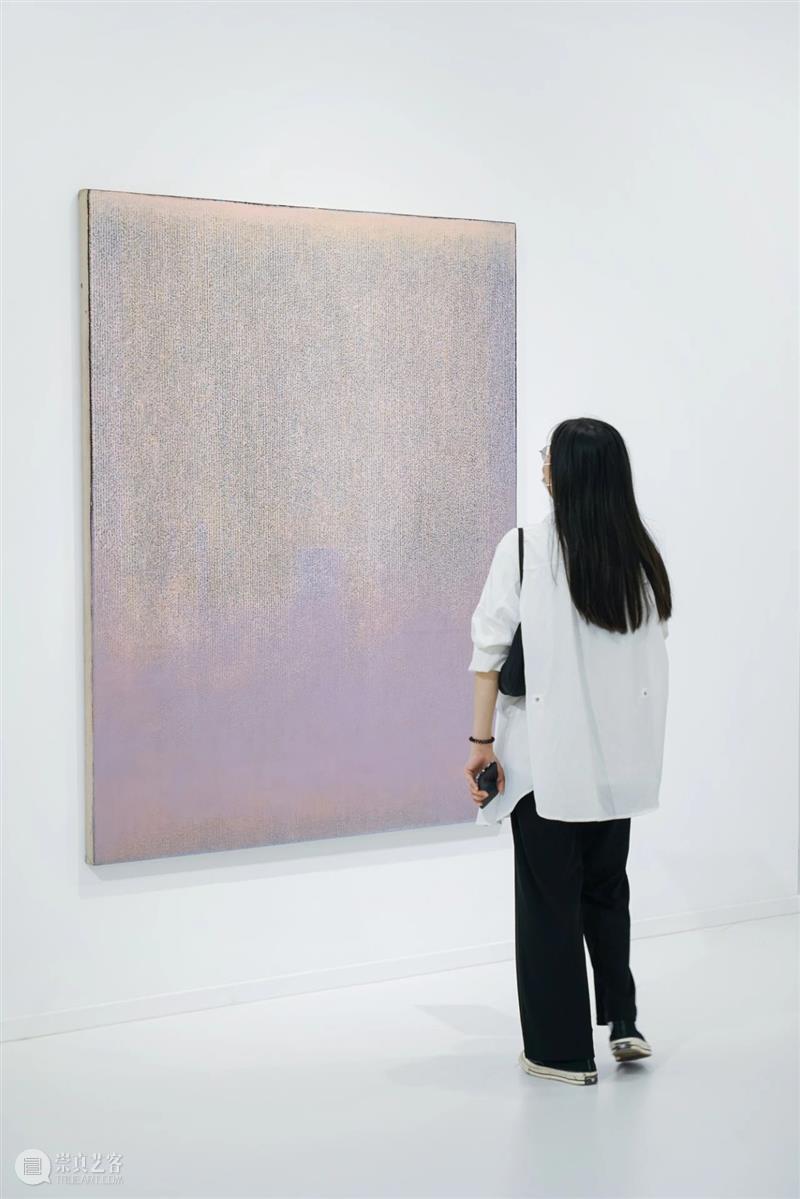
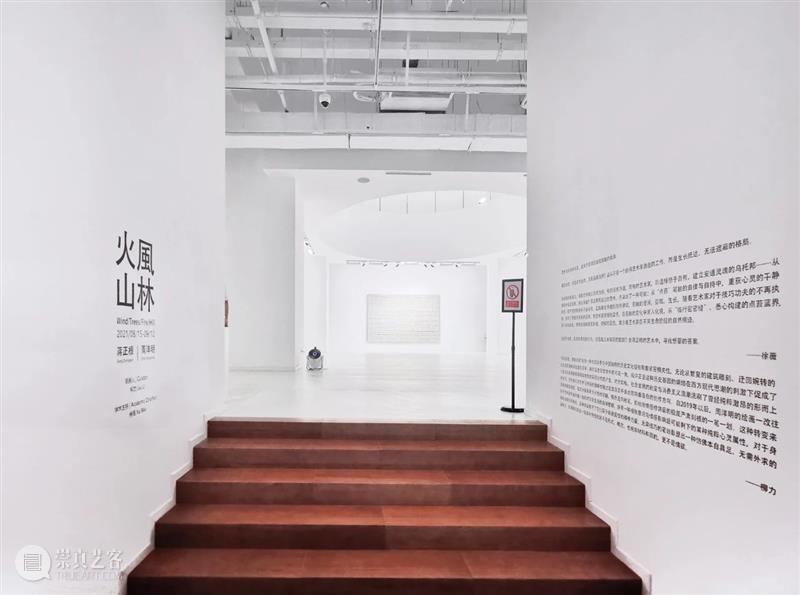
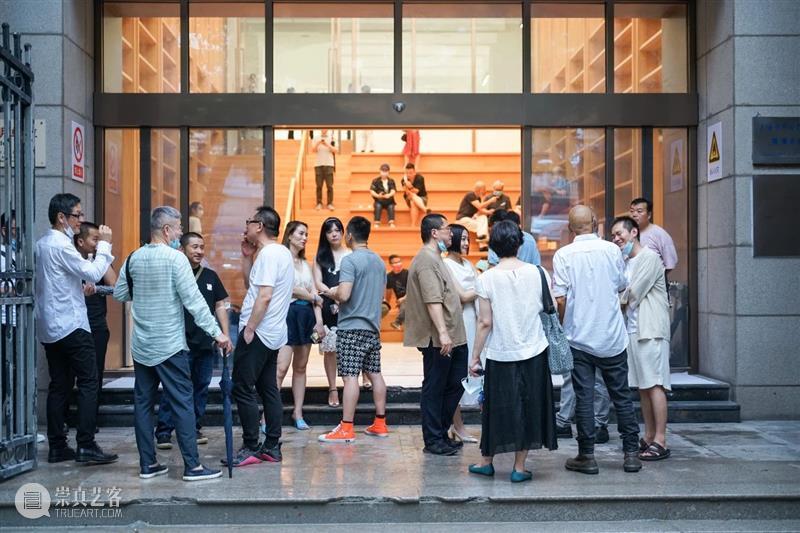
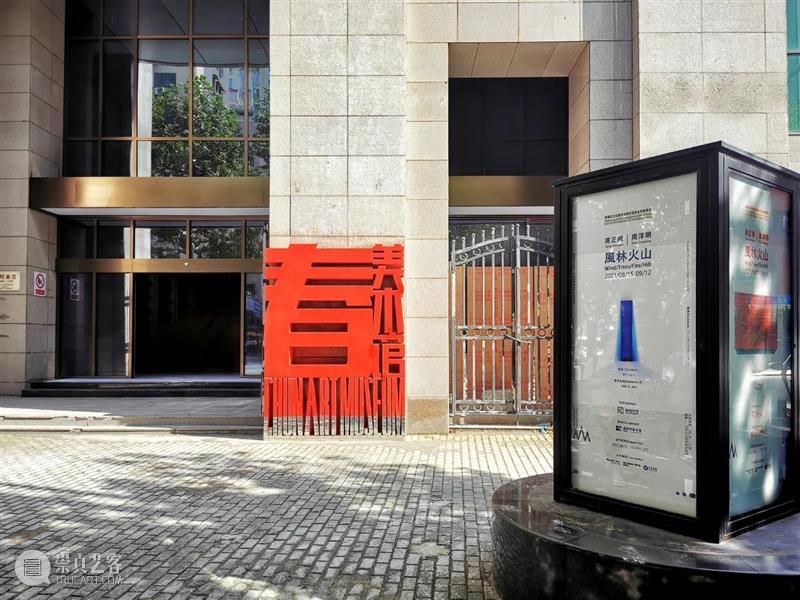
艺术家简介 | The Artist Archives
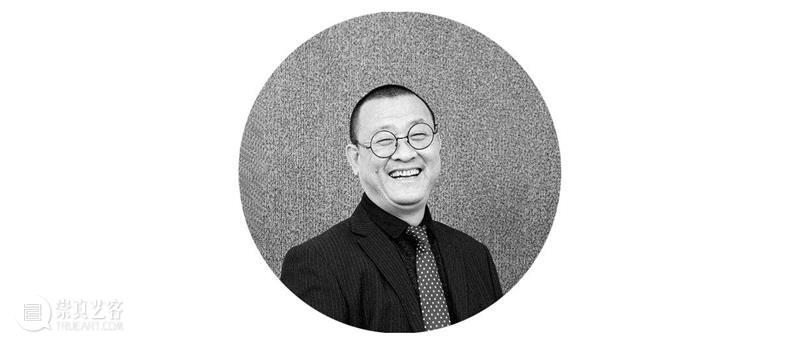
蒋正根 | Jiang Zhenggen
上海工艺美术学院教授
1958b, 著名当代艺术家
在二十多年的艺术实验中,蒋正根穿梭于当代抽象绘画和装置艺术的创作领域。在以《漂移》以及《点苔》命名的抽象系列作品里,他用无数根细密的线排列了一个广袤且虚弥的视觉空间,形成了其作品眩目、辽阔的艺术特色。其作品从无到有,恰似一个生命运动的过程;在这个过程凝聚着艺术家一种东方式的体验和近似“禅”的冥想与感悟。他的作品从极简走向极繁,又从极繁归于极简,这恰是东方哲学智慧和中国古典绘画空间结构与现当代抽象艺术的自然融汇和自然表达。蒋正根上期个展《万籁此都寂》通过对空间的处理传达出一种隐喻:在画布上所做的繁复劳动并非是通过使某物存在来指向另一物,而恰恰是减去某物(他所创造的)后所余下的那些与被减部分之间的关联构成了指向性。就这一点而言,它吸取了古代山水画讲究在画面内留白的机制但却又有所僭越,使得一种理想的境界更具现实的张力。同时,艺术家使用工业木材创作的新作品关系到自然与人为,以及对一种侘寂(Wabi-sabi)美学的呈现。
In more than 30 years of art experiments, Jiang zhenggen shuttles through the creative fields of contemporary abstract painting and installation art. In the abstract series of works named after "drift" and "spot moss", he arranged a vast and virtual visual space with countless fine lines, forming the dazzling and broad artistic features of his works. From scratch, his works are like a process of life movement, in which the artist's Oriental experience and meditation similar to "Zen" are gathered. His works from minimalism to extreme complexity, and from extreme complexity to minimalism, which is just the natural fusion and natural expression of Oriental philosophy wisdom and Chinese classical painting spatial structure and modern and contemporary abstract art.Jiang zhenggen's last solo exhibition "All Sounds are Still" conveys a metaphor through the treatment of space: the complex work done on the canvas does not point to another thing by making something exist, but precisely the relationship between the remaining and the reduced part after subtracting something (created by him) constitutes directivity. In this regard, it absorbs the mechanism that ancient landscape painting pays attention to leaving white space in the picture, but it has overstepped, making an ideal realm more realistic tension. At the same time, the new works created by artists using industrial wood are related to nature and man-made, as well as the presentation of a WaBi-Sabi aesthetics.
/
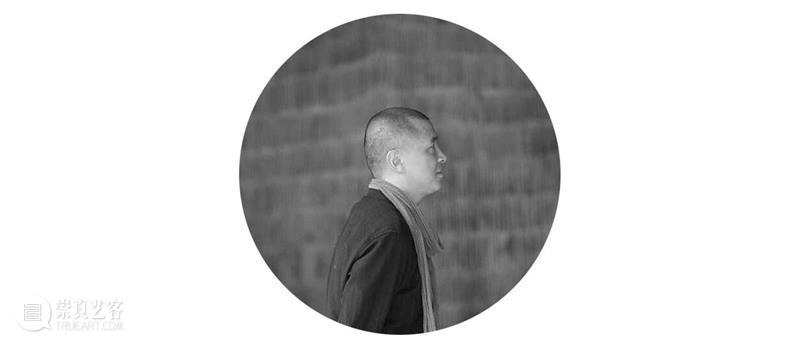
周洋明 | Zhou Yangming
1971b, 著名当代艺术家
周洋明,1971年生于中国浙江台州,著名中国当代抽象艺术家,求学于中国浙江美术学院(现中国美术学院) 、中国中央工艺美术学院(现清华大学美术学院)和中央美术学院徐悲鸿画室,现工作生活于中国上海 。自2019年以后,周洋明的绘画一改往日那种细致绵密、如流水般具有生长性的笔触,转而走向枯笔,即祛除情感修饰后的极度严肃刻板的一笔一划。这种转变来源于艺术家有如持戒一般的对日常生活的自律整顿,探索一种摆脱意识与情感影响后可能剩下的某种纯粹心灵属性,对于身体的日常行动来说,它的祛垢赋予了它们高于自身物性的精神力量,无需技巧的笔划彰显出一种仿佛自具足而无需外求的凝聚力,达到这一效果所凭借的既不是形式、概念,也绝非材料和目的,更不是情欲。
周洋明主要个展有《周洋明个展:连续》(2019,艺术门画廊/香港),《周洋明个展:重新开始》(2017,艺术门画廊/香港),主要群展有《离相》(2020,HALF IMAGE x 库伯美术馆/上海),《秩序的边界》(2015,蜂巢当代艺术中心/北京),《慢艺术:抽象中国》(2012,福瑞德收藏展/雷克林豪森美术馆/德国),《大象无形:中国抽象十五人展》(2010,中国美术馆/北京)等。作品被收藏于中国美术馆、余德耀基金会、元典美术馆及德国私人藏家Thomas Olbricht先生等。Since 2019, Zhou Yangming's paintings have changed from the previous meticulous and growing brushwork like flowing water to a kind of dry brushwork, that is, the extremely serious and rigid brushwork after removing emotional embellishment. This change comes from the artist's self-discipline and rectification of daily life, which is like keeping precepts. He explores a kind of pure spiritual attribute that may be left after getting rid of the influence of consciousness and emotion. For the daily actions of the body, its descaling gives them spiritual power higher than their own physical properties. The strokes without skill show a kind of cohesion that seems to be self-sufficient without external demand, Zhou Yangming achieved this effect by means of neither form nor concept, nor material and purpose, let alone lust.
Zhou Yangming's major solo exhibitions include “continuous” (2019, Pearilam Galleries / Hong Kong), “A new start” (2017, Pearilam Galleries / Hong Kong), and his major group exhibitions include "Abscission of Appearance" (2020, HALF IMAGE x Cube Art MUSEUM / Shanghai), “Boundary of order” (2015, Hive Center for Contemporary Art / Beijing), and “Slow Art: Abstract China” (2012, The Art Museum of Reklinghausen), and “China's abstract fifteen person Exhibition” (2010, National Art Museum of China / Beijing). His works are collected in National Art Museum of China, Yu Deyao Foundation, Yuandian Art Museum and German private collector Mr. Thomas Olbricht.
展览信息 | The Exhibition Archives
風林火山 | Wind/Trees/Fire/Hill2021/08/15—09/12, 10:30—18:30学术主持|Academic Director:徐薇 Xu WeiCHUNARTMUSEUM(655 Fuzhou Road)
CHUNARTMUSEUM
电话 | Call for:021-63330181邮箱 | Email:service@chunartmuseum.com网站 | Website:www.chunartmuseum.com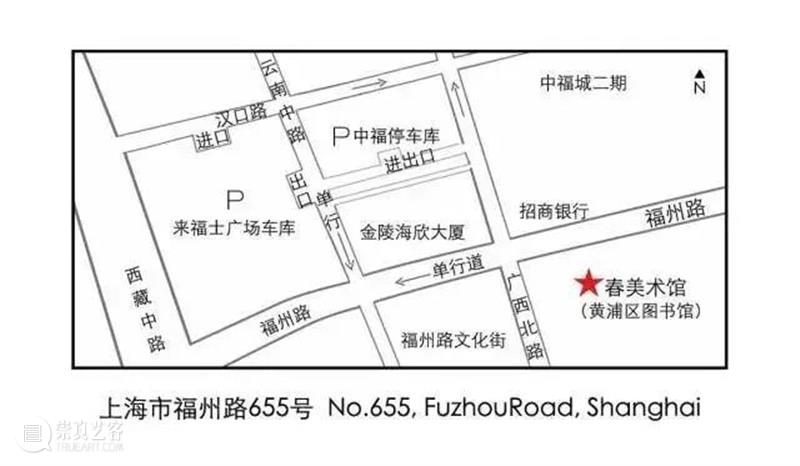








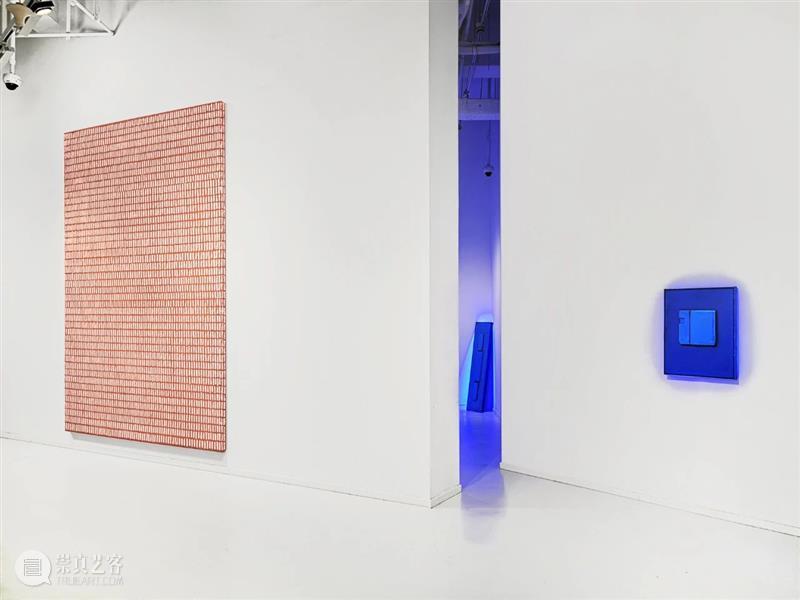

















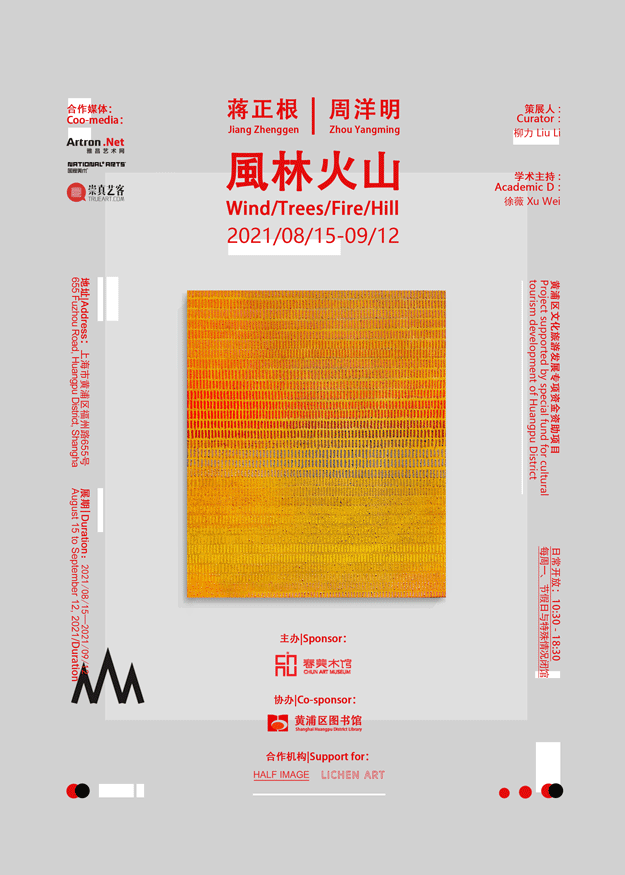









 分享
分享